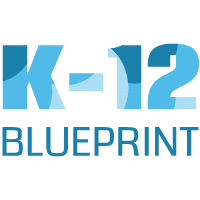
K-12 Blueprint
K-12 Blueprint offers resources for education leaders involved in planning and implementing technology initiatives. Whether you are launching a one-to-one or BYO program, moving from print textbooks to digital content, revamping the curriculum to improve STEM learning, rethinking assessment, or embarking on (or continuing to support) any other ambitious technology-supported initiative, Intel’s Blueprint model can help.